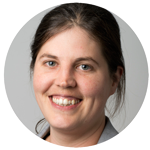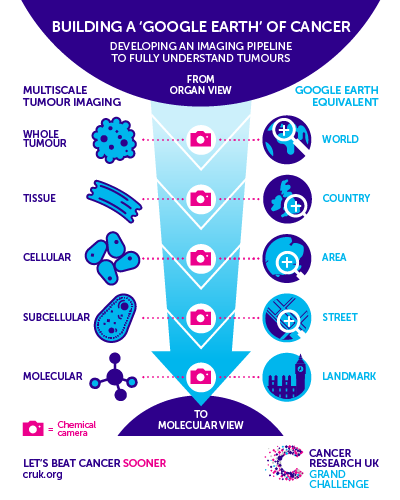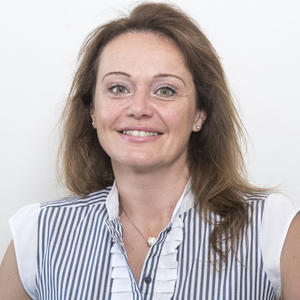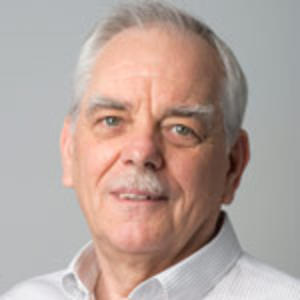Studying tumour metabolism from every angle
 A team of 12 investigators
A team of 12 investigators
 UK
UK
 Physicists, biologists, chemists, biochemists, technology innovators and industry partners
Physicists, biologists, chemists, biochemists, technology innovators and industry partners
 £16M
£16M
![]() 5 years
5 years
 Find a way of mapping tumours at the molecular and cellular level
Find a way of mapping tumours at the molecular and cellular level

Our team is a collective force of physicists, chemists and biologists all coming together to map cancer in unprecedented detail. Our goal is to find out how tumours survive and why they keep growing. By applying our powerful analysis techniques to this problem, we want to gain new insight into these fundamental processes and develop new and better ways to diagnose and treat cancer.
Professor Josephine Bunch, Principal Investigator, Rosetta
Rosetta's project
 Background
Background
In the same way cartographers build maps of cities, countries and the world to help people get around, scientists build maps of tumours to better understand their inner workings in the hope it will lead to new ways to diagnose and treat cancer.
But despite significant advances in technology and our understanding of cancer, our tumour maps remain incomplete.
Scientists can use imaging techniques to look at the overall, broad structure of a tumour – its shape and size. And they can study tissue biopsies to gather detailed information about the individual cells and molecules within a tumour.
To do this, scientists have had to know what it is they’re looking for in a tumour before they can start looking for it.
But if we’re to build a complete picture of cancer, we need an entirely new approach that allows us to explore unchartered territory and search for the unknown and unexpected.
Through their Cancer Grand Challenges project, Professor Josephine Bunch, from the National Physical Laboratory, and her team of UK- and US-based chemists, physicists and biologists want to do exactly this. Using their expertise they aim to develop a reproducible, standardised way to fully map different tumours in unprecedented detail.
The research
The Rosetta team will use a variety of new mass spectrometry imaging techniques and instruments they’ve developed to study individual breast, bowel and pancreatic tumours, cancers where they believe they can make the biggest difference, fastest.
From the whole tumour right down to the individual fats and proteins in cells (the metabolites), to the tumour microenvironment, they will map and visualise every bit of these tumours to create faithful 3D representations of them for the first time.
By doing this, they aim to create the equivalent of a ‘Google Earth’ that will allow you not only to identify a house and where it is in a country, but also who’s inside, what they’re eating and watching on TV.
They hope that by creating such detailed representations of these tumours, it will improve our understanding of cancer and allow us to identify new and better ways to diagnose and treat the disease.
The Rosetta team will also create a database containing their data which will be available to researchers around the globe, and strive to create a standardised way for other scientists and doctors to use these new techniques in their work and in the clinic to help them look at other cancers in the same way and speed up progress against the disease.
The impact
This team’s novel approach to studying and mapping the entire molecular make-up of tumours could lead to the development of new ways to diagnose and treat cancer. It could also help inform and improve the testing of existing treatments and potentially improve them.
Ultimately, it could help more people survive cancer for longer.
Project update

This team has made significant progress since they began in May 2017. Within the first 6months, they had successfully recruited their full team of specialist researchers, technical staff and PhD students, and installed all the specialist equipment that will allow them to map tumour samples across this range of scales for the very first time.
They have since prioritised developing and evaluating a multimodal imaging pipeline to produce a comprehensive, ultra-high-resolution picture of the metabolism of tumours. A notable highlight has been the success of a proof-of-principle study, which was completed in partnership with AstraZeneca and confirmed that Rosetta’s imaging pipeline can allow the team to map the distribution of cancer drugs within a tumour, as well as alterations in cell metabolism. What’s more, they were able to identify islands of drug resistance within the tumour – insight that could revolutionise our understanding of drug penetration and treatment resistance.
Building on this extraordinary preliminary result, the team is now focused on precisely optimising every step in their pipeline to improve the resolution and reproducibility of their unique tumour maps.











